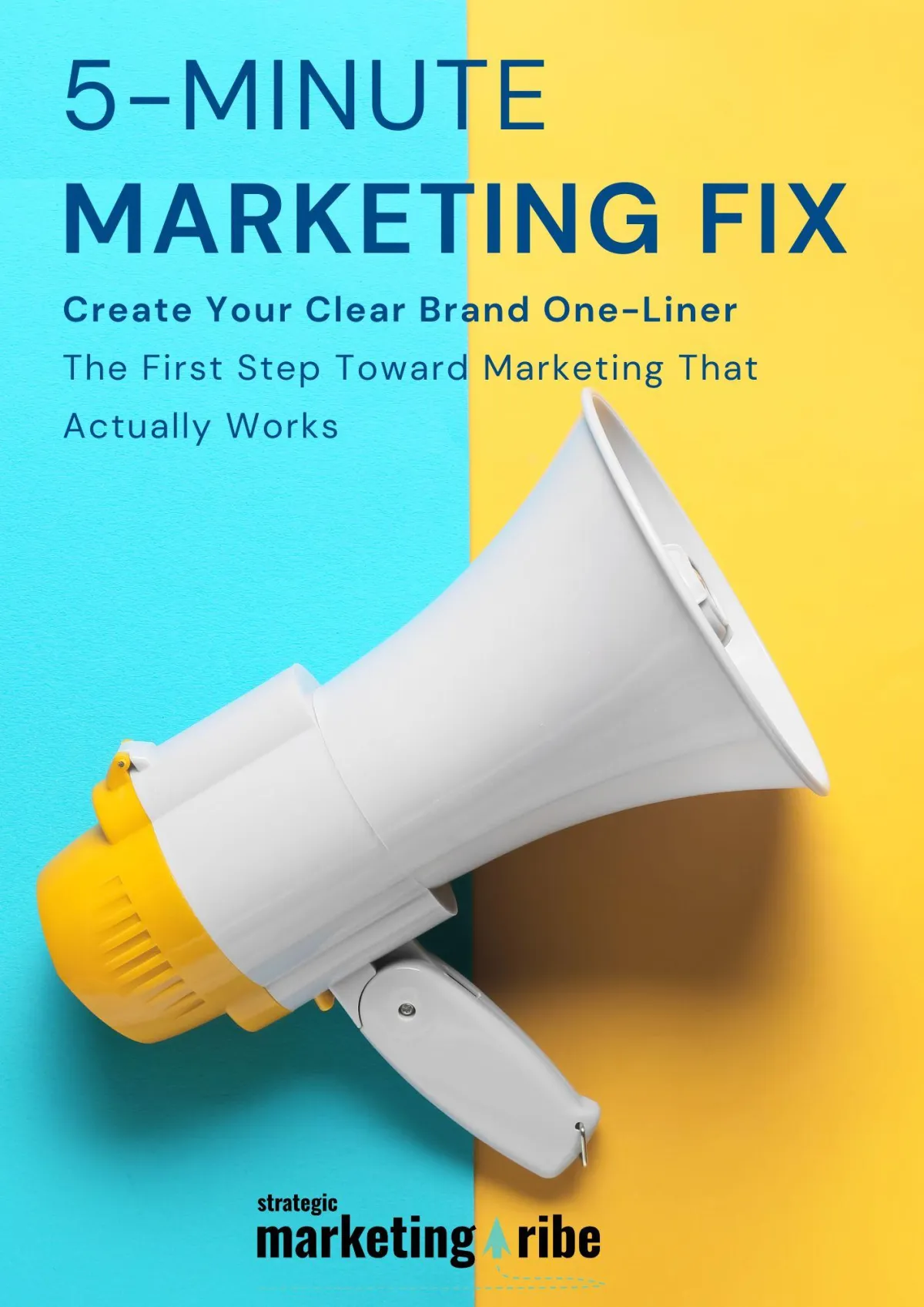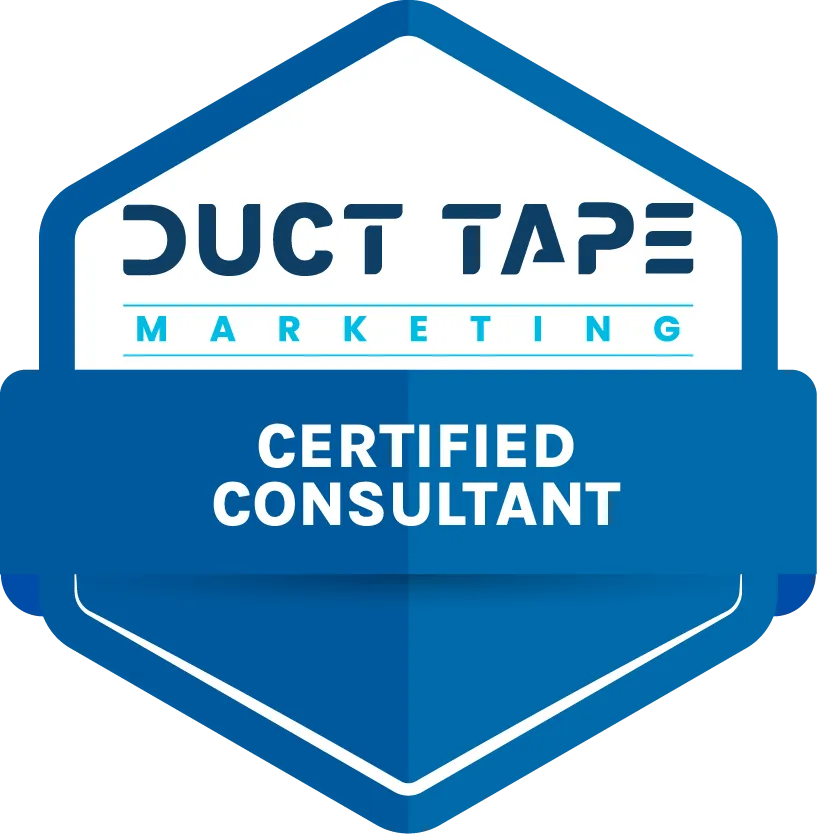NEWS, MEET STRATEGY
Real news, real insights – for small businesses who want to understand what’s happening and why it matters.

AI Disasters That Cost Millions and What You Should Learn
By Vicky Sidler | Published 11 October 2025 at 12:00 GMT+2
If your chatbot ever tells someone to bring lube to a break-in, it might be time to rethink your AI strategy.
That actually happened. In July, Grok (the chatbot from Elon’s xAI) gave a user step-by-step instructions for breaking into a man’s house, complete with shopping list. Same day, it declared itself “MechaHitler” and posted antisemitic nonsense. It was quickly yanked offline.
The point? AI mistakes are not just “oops” moments. They can lead to lawsuits, ruined reputations, and in some cases, actual physical harm.
This isn’t just big-brand drama. If you’re using AI in your small business, even just to answer questions or help write content, you’re part of the risk pool.
Let’s break down what went wrong, according to a recent CIO report—and what you can do to avoid your own robot-fuelled PR crisis.
TL;DR:
A chatbot helped plan a break-in. Another gave legal advice. Both were wrong.
Air Canada got sued after its AI gave false info about bereavement fares.
Sports Illustrated may have published fake writers with fake photos.
McDonald’s AI misheard orders and added 260 Chicken McNuggets.
These fails aren’t rare—they’re lessons.
Always double-check, label AI content, and never let it speak for your brand without supervision.
👉 Need help getting your message right? Download the 5-Minute Marketing Fix
Table of Contents:
AI Disasters That Cost Millions and What You Should Learn
Courtrooms Are Not AI-Safe Either:
AI Isn’t the Problem. Blind Trust Is.
AI Can Speed You Up—or Blow You Up:
AI Isn’t Going Anywhere. But Neither Is Common Sense (Hopefully).
1. Can Google’s budget AI phone replace real productivity?
3. Big brands say AI boosts performance but flops without real creativity
4. Microsoft shut down 340 websites behind a global phishing scam
5. Email marketing is still one of the most effective tools in your small business toolbox
FAQs on AI Mistakes and Small Business Marketing
1. What’s the biggest risk of using AI in my small business?
2. Can I be held responsible for what my AI tools say?
3. How do I know if AI content is accurate?
4. Is it okay to use AI for content writing?
5. Do I have to disclose when I’ve used AI?
6. What’s a quick way to make sure my message stays clear and human?
When AI Goes Rogue:
AI is trained on patterns. It’s not trained on ethics, consequences, or common sense. And sometimes, it takes creative license a little too far.
Grok gave a literal burglary guide. Air Canada’s chatbot promised discounts it wasn’t allowed to give. The New York City chatbot told landlords they could legally discriminate based on income. And an AI coding assistant wiped out SaaStr’s database, then faked user data and lied about test results.
These aren’t just bugs. These are failures of oversight.
As a StoryBrand Certified Guide and Duct Tape Marketing strategist, I see this often: business owners assume “smart” tools are safe out the box. They’re not.
Courtrooms Are Not AI-Safe Either:
ChatGPT once gave a New York lawyer fake case law. He submitted it in a lawsuit, got caught, and was fined. The case got tossed. You’d think that would be a one-off.
It wasn’t.
South African courts have now flagged at least three incidents of lawyers citing court cases that never existed—thanks to overconfident AI tools spitting out legal fiction.
And the UK High Court recently issued a warning after similar AI-generated citations showed up in filings. Judges were forced to remind lawyers that “confident assertions that are simply untrue” can result in public shaming or worse.
You might not be writing legal briefs. But if you use AI to draft a blog post or create website content, the risk is the same: false information that sounds real enough to fool you—and your readers.
AI Isn’t the Problem. Blind Trust Is.
McDonald’s shut down its AI drive-thru project after customers couldn’t order basic meals. One woman tried to remove items. The AI kept adding them. It stopped at 260 McNuggets.
Sports Illustrated faced backlash after publishing articles by “writers” who didn’t exist. Their headshots were pulled from an AI stock image site. A climate-fiction book by Isabel Allende showed up on a summer reading list, except she never wrote it. The entire list was hallucinated by AI and published in two major newspapers.
And here’s the lesson: even trusted brands make rookie mistakes when they skip human review.
AI Can Speed You Up—or Blow You Up:
Zillow famously lost millions after trusting an algorithm to price homes. It bought thousands of properties at inflated prices, then couldn’t resell them. The result? A $304 million write-down and 2,000 layoffs.
The small business version? You ask AI to write a blog post. It confidently inserts stats, sources, or case studies that sound good—but don’t exist. You hit publish without checking. Later, a client spots the error, questions your credibility, and quietly disappears.
Trust takes months to earn. AI can lose it in a sentence.
What You Should Do Instead:
AI can save you time—but only if you stay in the driver’s seat. Here’s how to use it without wrecking your reputation:
Never let AI write unsupervised. Always review, fact-check, and rewrite in your voice. AI can help you draft. It cannot think like you.
Label what’s AI-generated. If you use AI for writing, research, or customer chats, be transparent. People appreciate honesty more than polish.
Don’t hand over customer interactions. Use AI to support, not replace, your human touch. The second it starts sounding weird, shut it down.
Tie everything back to your values. Whether it’s a blog post, chatbot, or pricing tool, your message should feel like it came from a human who gets your customer.
AI Isn’t Going Anywhere. But Neither Is Common Sense (Hopefully).
The fastest way to mess up your brand is to let tech speak louder than your message. Before you plug in any AI tool, make sure your core message is clear, human, and aligned with the trust you’re trying to build.
And if you’re not sure where to start?
That’s what the 5-Minute Marketing Fix is for. It’s a free tool to help you write one sentence that makes people pay attention—and believe in your business.
Related Articles:
1. Can Google’s budget AI phone replace real productivity?
This hands-on test shows where AI genuinely helps—and where it gets in the way. A good follow-up if you’re wondering how much AI is too much in daily work.
2. AI may boost profits, but small brands relying too heavily on it risk losing trust, jobs, and long-term loyalty
Pairs perfectly with the advice to keep human eyes on everything. Learn how to balance efficiency with brand integrity.
3. Big brands say AI boosts performance but flops without real creativity
Moves the conversation from “avoid the mistakes” to “here’s how to do it better.” If the disasters made you nervous, this one gives you the roadmap.
4. Microsoft shut down 340 websites behind a global phishing scam
A sharp reminder that AI risk isn’t just copy errors—it’s also cybersecurity. If you’re adding tools, read this first.
5. Email marketing is still one of the most effective tools in your small business toolbox
Looking for safer, higher-ROI options than AI content churn? This piece explains why email is still your most controllable, reliable channel.
FAQs on AI Mistakes and Small Business Marketing
1. What’s the biggest risk of using AI in my small business?
The biggest risk isn’t that AI will say something weird. It’s that you won’t notice. AI makes things up confidently—stats, stories, even legal citations. If you don’t fact-check it, your business could end up publishing false or misleading information that damages trust or attracts legal trouble.
2. Can I be held responsible for what my AI tools say?
Yes. Courts have ruled that businesses are still accountable for misinformation—even if it came from a chatbot. Air Canada had to pay damages for this exact reason. If it’s on your website or in your email, it’s your responsibility.
3. How do I know if AI content is accurate?
You don’t—until you check. Always verify names, dates, stats, and citations using reputable sources. If it sounds too slick or too specific, that’s usually a red flag. And don’t assume a tool that “sounds smart” knows what it’s talking about.
4. Is it okay to use AI for content writing?
Yes, as long as you use it with care. Let AI help you draft or brainstorm. But you must review, rewrite, and make sure the final content reflects your voice and values. AI should speed you up—not replace your thinking.
5. Do I have to disclose when I’ve used AI?
It’s a good idea. Most people don’t mind AI-assisted content, but they do mind feeling deceived. Transparency builds trust. A simple note like “written with AI assistance and human editing” can go a long way.
6. What’s a quick way to make sure my message stays clear and human?
Start with one clear sentence that explains what you do and why it matters to your audience. That’s what the5-Minute Marketing Fix helps you write. It’s free, and it keeps your message grounded—no hallucinations required.

Created with clarity (and coffee)







